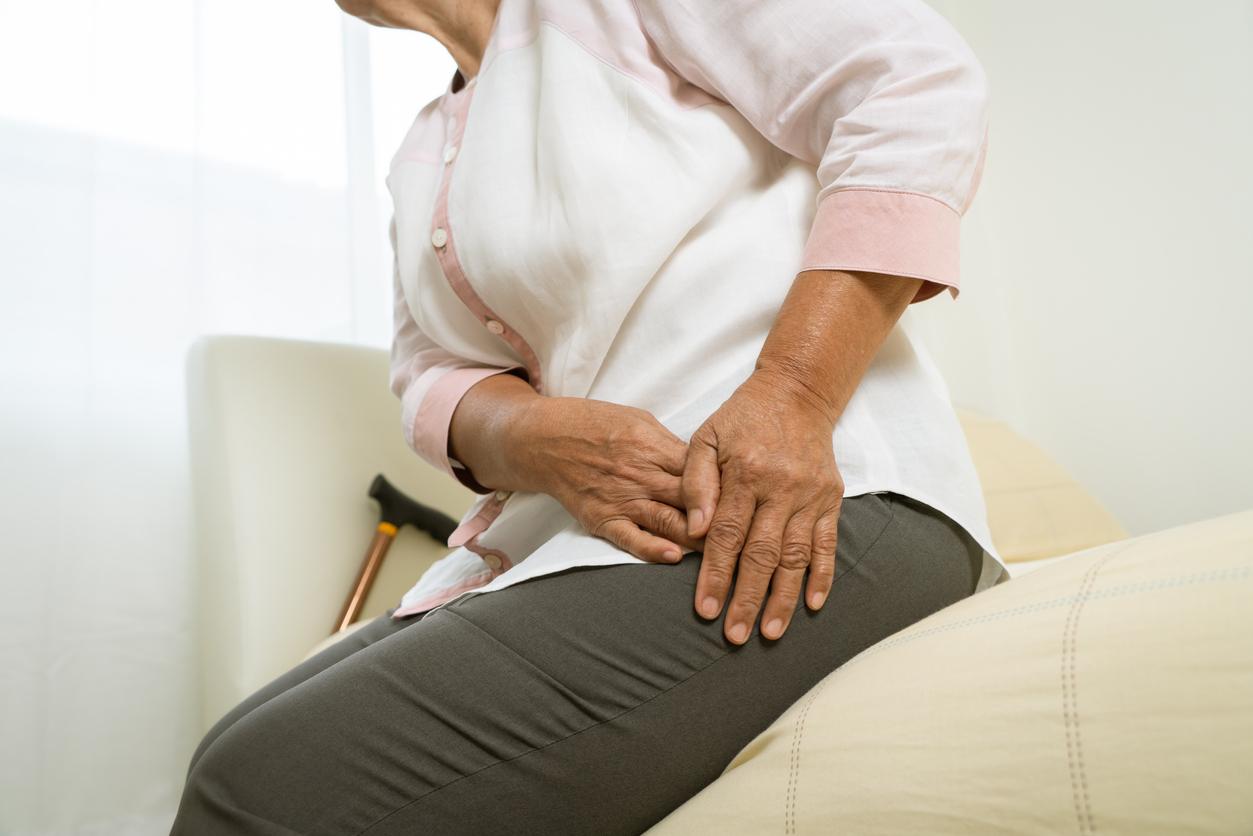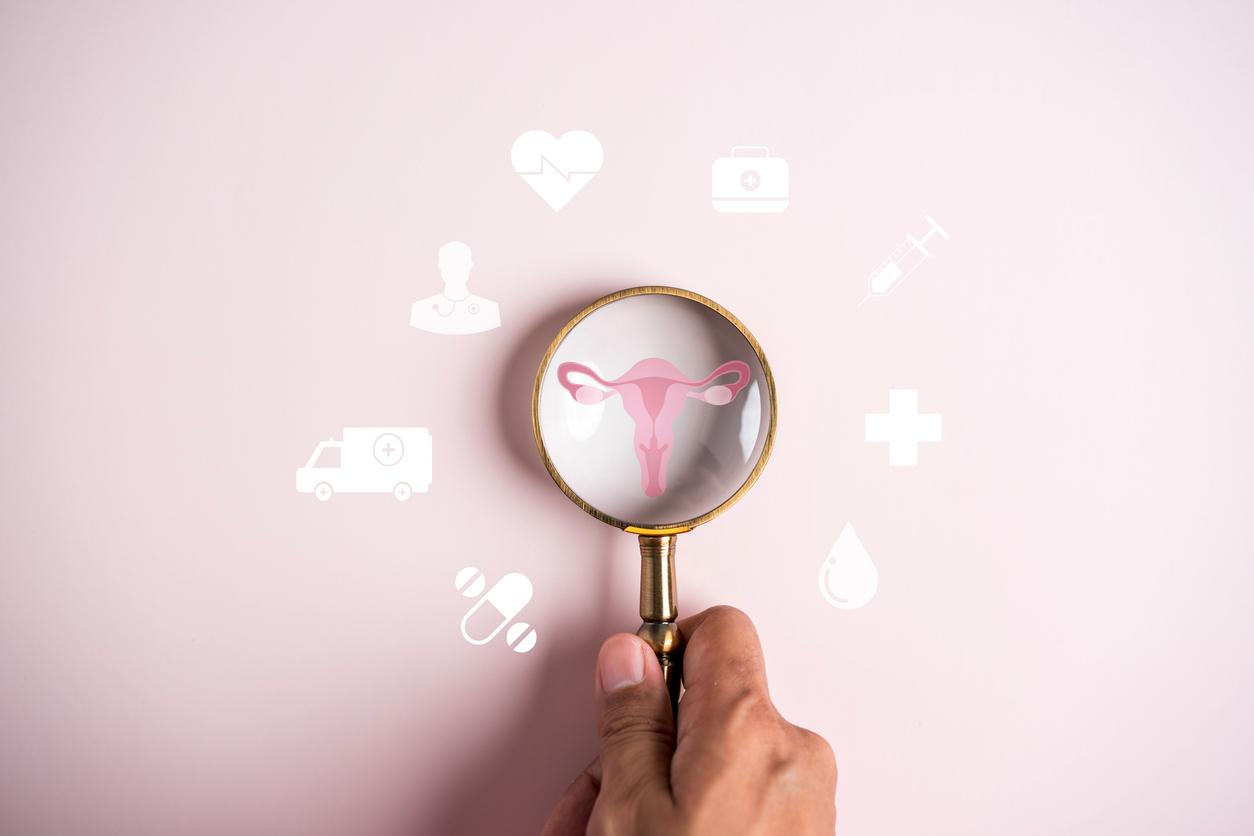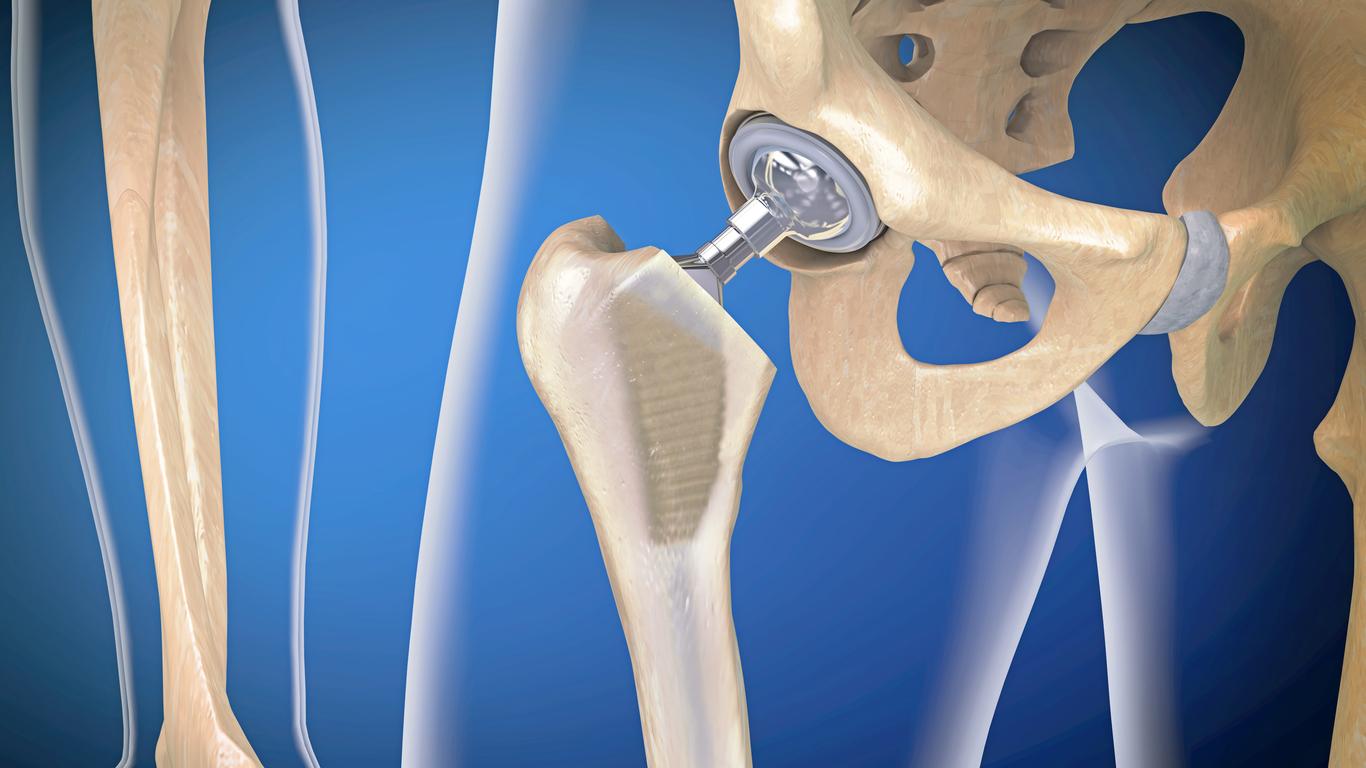Older patients with low bone density are more likely to have their first hip fracture in their 60s rather than at a later age.

- In women over 60, average bone mineral density in the hip decreases and the rate of osteoporosis increases from 18% to 21%.
- Patients aged 60 to 70 reported a first hip fracture 50% more often than those aged over 70.
- According to the authors, this could be due to prevention efforts already in place for the older population.
Older women are at increased risk of fragility hip fractures. These are hip fractures with minimal trauma or caused by a fall from a height. “They are often fatal and disabling. As the population over 60 years of age increases in the United States, a large proportion of women will be at increased risk of these types of fractures,” said Avica Atri, a physician at Jefferson Einstein Hospital in Philadelphia, Pennsylvania, United States.
Bone mineral density in women aged 60 decreases
In a recent studythe practitioner and his team wanted to understand how osteoporosis could increase the risk of fractures over time in specific age groups. To carry out their work, they used data from the National Health and Nutrition Examination Survey (NHANES) to identify American women aged 60 or older with low bone mineral density at the femoral neck, based on scans taken between 2009 and 2018.
According to the results, presented during the annual congress of the Endocrine Society in Boston (ENDO 2024), the average bone mineral density of the participants’ hips decreased and their rate of osteoporosis increased from 18% to 21%. However, “This did not translate into an increase in the number of fragility hip fractures over this period and, interestingly, there were 50% fewer self-reported fragility hip fractures over the ten years of follow-up.”

More first hip fractures reported between 60 and 70 years of age than at older ages
Another finding: The number of patients over the age of 70 who suffered their first fracture related to hip fragility decreased during the study, compared to women aged 60 to 69. In fact, those aged 60 to 70 reported a first hip fracture 50% more often. The authors believe that this could be due to the prevention efforts already in place for the population aged over 70.
The team says these findings highlight the need for earlier awareness of bone health through routine medical appointments in primary care offices. They also suggest that additional measures could improve patients’ knowledge about the benefits of nutrition, exercise, falls prevention, screening and treatment to reduce these disparities.















